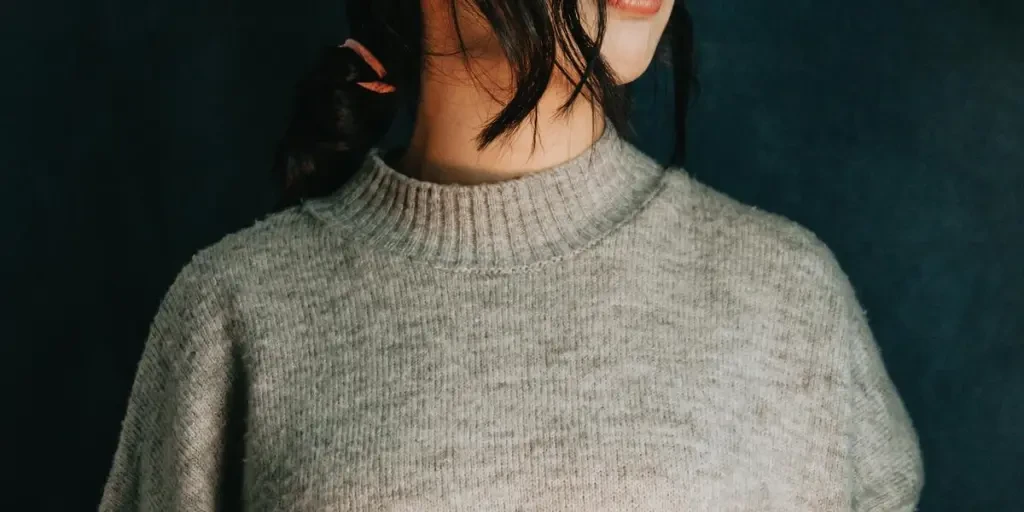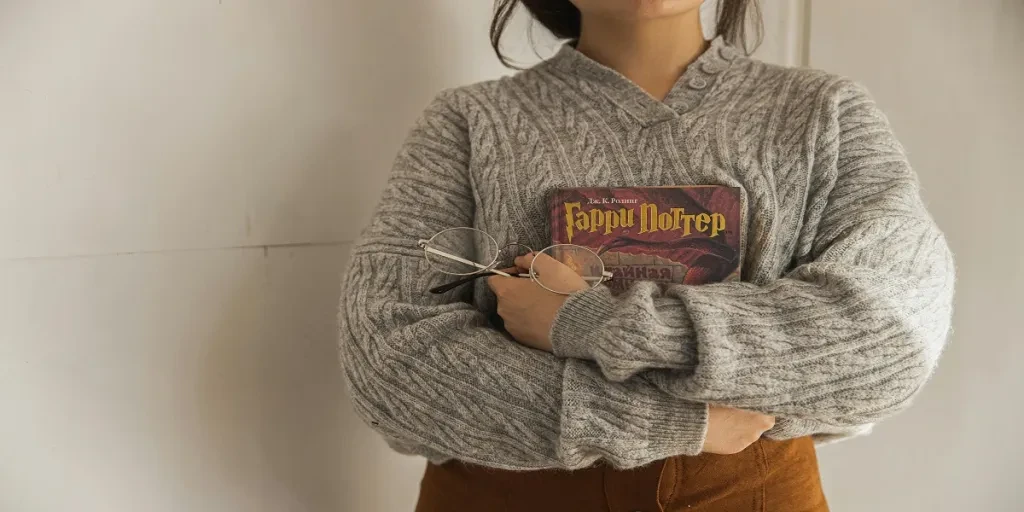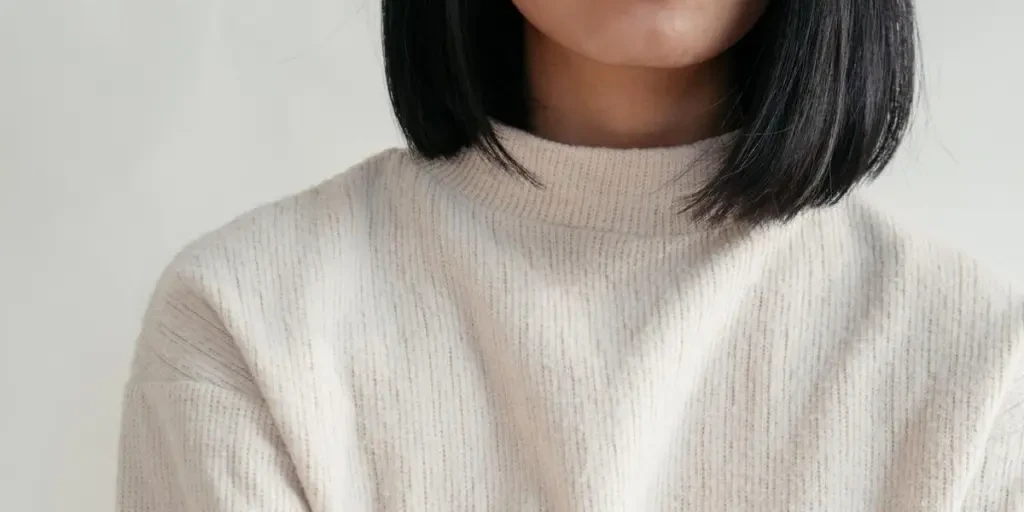Knit jumpers have long been a staple in wardrobes around the world, offering both comfort and style. As the fashion industry evolves, so too does the demand for these versatile garments. This article delves into the current market trends, key players, and emerging opportunities in the knit jumper market.
Table of Contents:
-Market Overview
-Global Demand for Knit Jumpers
-Key Players in the Knit Jumper Market
-Emerging Markets and Growth Opportunities
-Materials and Fabrics
-Popular Fabrics Used in Knit Jumpers
-Sustainable and Eco-friendly Materials
-Innovations in Knit Jumper Fabrics
-Design and Patterns
-Trending Designs in Knit Jumpers
-Classic vs. Contemporary Patterns
-Influence of Cultural and Heritage Elements
-Functionality and Features
-Seasonal Adaptability of Knit Jumpers
-Comfort and Practicality
-Unique Features Enhancing Knit Jumper Appeal
-Conclusion
Market Overview

Global Demand for Knit Jumpers
The global demand for knit jumpers has seen a significant rise in recent years. According to WGSN, searches for “women’s Christmas jumper” increased by 3% year-over-year to 6.6K, while searches for “sweater” rose by 4% to 3.1K. This growing interest is not limited to seasonal items; there has been a notable surge in searches for “embellished knit,” which jumped by 147% compared to the previous year. The increasing popularity of comfortwear and loungewear has also contributed to this trend, with online interest growing by 15% on Google and 90% on TikTok, reaching 43.6 million views.
Key Players in the Knit Jumper Market
Several key players dominate the knit jumper market, each bringing unique offerings to the table. Brands like Zara, & Other Stories, and Liberty Tokyo are well-known for their innovative designs and high-quality materials. According to WGSN, cardigans were the best-performing style in the UK, with a slight increase in market share (+1.1ppt) for jumpers and sweaters, taking share from cardigans (-0.2ppt) and vests (-0.8ppt). In the US, jumpers and sweaters remained flat, while cardigans saw a slight uptick (+0.8ppt). These brands have successfully tapped into the growing demand for versatile and stylish knitwear, positioning themselves as leaders in the market.
Emerging Markets and Growth Opportunities
Emerging markets present significant growth opportunities for the knit jumper industry. Regions like Tokyo, Hong Kong, and Amsterdam are seeing increased interest in knitwear, driven by a blend of traditional and contemporary designs. According to WGSN, the demand for transseasonal items like cardigans has remained high, outperforming other knitwear styles. This trend is particularly evident in markets that do not celebrate Christmas, where festive knits are positioned as #DayToNight tops, offering versatility and appeal.
In addition to regional insights, sustainability is becoming a crucial factor in the knit jumper market. Brands are increasingly utilizing deadstock trims and end-of-roll fabrics, such as ribbons and faux fur, to create more sustainable products. This approach not only reduces waste but also appeals to environmentally conscious consumers. Customization services and in-store workshops are also gaining traction, providing unique experiences that drive footfall and customer engagement.
The knit jumper market is poised for continued growth, with emerging markets and sustainability initiatives leading the way. As consumer preferences evolve, brands that can adapt and innovate will be well-positioned to capitalize on these opportunities.
Materials and Fabrics

Popular Fabrics Used in Knit Jumpers
Knit jumpers are crafted from a variety of fabrics, each offering unique qualities that cater to different preferences and needs. Among the most popular fabrics are wool, cotton, and cashmere. Wool, particularly merino wool, is highly favored for its warmth, breathability, and natural elasticity. It is also known for its ability to wick moisture away from the body, making it an excellent choice for both winter and transitional seasons. Cotton, on the other hand, is appreciated for its softness, durability, and hypoallergenic properties. It is a versatile fabric that can be worn comfortably in various climates. Cashmere, derived from the fine undercoat of cashmere goats, is renowned for its luxurious softness and superior insulation. It is a premium fabric that offers a high level of comfort and elegance.
Sustainable and Eco-friendly Materials
The apparel industry is increasingly prioritizing sustainability, and knit jumpers are no exception. Sustainable and eco-friendly materials are becoming more prevalent, driven by consumer demand for environmentally responsible products. According to a professional report, materials such as GOTS-certified organic cotton, GRS-recycled fibers, and FSC-certified cellulosic fibers are gaining traction. These materials not only reduce the environmental impact but also ensure traceability and ethical sourcing. For instance, GOTS-certified organic cotton is grown without the use of harmful chemicals, promoting soil health and reducing water consumption. GRS-recycled fibers, made from post-consumer waste, help minimize landfill waste and conserve resources. FSC-certified cellulosic fibers, derived from sustainably managed forests, offer a renewable alternative to conventional fibers.
Innovations in Knit Jumper Fabrics
Innovations in fabric technology are continually enhancing the performance and appeal of knit jumpers. One notable advancement is the development of shrink-resistant, superfine, and washable wool, which combines the natural benefits of wool with added convenience and durability. Additionally, the use of monomaterial constructions, where at least 80% of the fabric is made from a single type of fiber, facilitates easier recycling and promotes circularity. Another innovation is the incorporation of blended fabrics, such as hemp, nettle, and linen blends, which offer unique textures and improved sustainability. These innovations not only improve the functionality of knit jumpers but also align with the growing emphasis on eco-friendly practices.
Design and Patterns

Trending Designs in Knit Jumpers
The design landscape of knit jumpers is constantly evolving, with new trends emerging each season. For Spring/Summer 2025, several key trends have been identified. The #RelaxedFormal aesthetic, characterized by refined details and patterns, is gaining popularity. This trend emphasizes quality materials and easy-wearing silhouettes, as seen in the V-neck jumpers from brands like Prada and Massimo Alba. Another trend is #PoloPower, which features collared styles such as the polo and knitted shirt. These designs embody a smart yet casual and comfortable aesthetic, capturing the #CityDressing and #CityToBeach trends. Additionally, openwork knits and relaxed open collars are making a strong showing, offering a semi-plain, resort-inspired look.
Classic vs. Contemporary Patterns
Knit jumpers often feature a blend of classic and contemporary patterns, catering to diverse tastes and preferences. Classic patterns, such as cable knits, argyle, and fair isle, remain timeless and are favored for their traditional appeal. These patterns evoke a sense of heritage and craftsmanship, making them a staple in many wardrobes. On the other hand, contemporary patterns are characterized by bold colors, geometric designs, and innovative textures. These patterns reflect modern aesthetics and are often influenced by current fashion trends. The juxtaposition of classic and contemporary patterns allows knit jumpers to appeal to a wide range of consumers, from those who appreciate timeless elegance to those who seek cutting-edge style.
Influence of Cultural and Heritage Elements
Cultural and heritage elements play a significant role in the design of knit jumpers. Many designers draw inspiration from traditional knitting techniques and regional motifs, infusing their collections with a sense of history and identity. For example, the use of Nordic patterns, such as the iconic snowflake and reindeer motifs, pays homage to Scandinavian knitting traditions. Similarly, Aran knits, with their intricate cable and diamond patterns, reflect the rich heritage of Irish craftsmanship. These cultural influences not only add depth and meaning to the designs but also resonate with consumers who value authenticity and storytelling in fashion.
Functionality and Features

Seasonal Adaptability of Knit Jumpers
Knit jumpers are highly adaptable to different seasons, making them a versatile addition to any wardrobe. For colder months, heavier fabrics like wool and cashmere provide excellent insulation and warmth. These jumpers often feature high necklines, long sleeves, and ribbed cuffs to enhance their thermal properties. In contrast, lighter fabrics such as cotton and linen are ideal for warmer weather, offering breathability and comfort. Designs with openwork patterns and relaxed fits further enhance their suitability for spring and summer. The transseasonal nature of knit jumpers allows them to be layered with other garments, providing flexibility and practicality throughout the year.
Comfort and Practicality
Comfort and practicality are essential features of knit jumpers, contributing to their enduring popularity. The natural stretch and softness of knit fabrics ensure a comfortable fit, while the breathability of materials like wool and cotton helps regulate body temperature. Practical design elements, such as ribbed hems and cuffs, add structure and durability to the garments. Additionally, features like kangaroo pockets, raglan sleeves, and reversible zippers enhance the functionality of knit jumpers, making them suitable for various activities and lifestyles. The emphasis on comfort and practicality ensures that knit jumpers remain a go-to choice for consumers seeking both style and ease of wear.
Unique Features Enhancing Knit Jumper Appeal
Several unique features can enhance the appeal of knit jumpers, setting them apart from other garments. One such feature is the use of contrasting colors and textures, which adds visual interest and sophistication. For example, a jumper with a contrasting color placket and collar can create a striking yet elegant look. Another feature is the incorporation of innovative construction techniques, such as double-faced fabrics and fully fashioned necklines, which improve the fit and finish of the garments. Additionally, the inclusion of eco-friendly details, such as recycled metal fasteners and low-impact plated fasteners, aligns with the growing demand for sustainable fashion. These unique features not only elevate the aesthetic appeal of knit jumpers but also enhance their functionality and sustainability.
Target Audience and Pricing

Identifying the Target Market for Knit Jumpers
The target market for knit jumpers is diverse, encompassing various demographics and lifestyle segments. According to market analysis, knit jumpers appeal to both men and women across different age groups. They are particularly popular among consumers who value comfort, versatility, and timeless style. The #RelaxedFormal and #CityDressing trends indicate that knit jumpers are favored by urban professionals seeking a balance between smart and casual attire. Additionally, the #CityToBeach trend suggests that knit jumpers are also popular among those who enjoy a relaxed, resort-inspired aesthetic. The broad appeal of knit jumpers makes them a versatile product that can cater to a wide range of consumer preferences.
Pricing Strategies and Market Segmentation
Pricing strategies for knit jumpers vary based on factors such as fabric quality, brand positioning, and target market. Premium brands, such as Hermès and Dolce & Gabbana, often use high-quality materials like cashmere and merino wool, positioning their products at the higher end of the market. These brands emphasize craftsmanship and exclusivity, appealing to affluent consumers willing to invest in luxury knitwear. In contrast, mid-range and mass-market brands may use more affordable materials like cotton and synthetic blends, offering knit jumpers at accessible price points. These brands focus on value for money and broad appeal, targeting a wider audience. Market segmentation allows brands to tailor their pricing strategies to different consumer segments, ensuring that knit jumpers are available at various price levels.
Consumer Preferences and Buying Behavior
Consumer preferences and buying behavior for knit jumpers are influenced by several factors, including fashion trends, seasonal needs, and sustainability considerations. According to a professional report, consumers are increasingly seeking knit jumpers that offer a balance of style, comfort, and functionality. The growing emphasis on sustainability is also shaping buying behavior, with many consumers prioritizing eco-friendly materials and ethical production practices. Additionally, the rise of online shopping has made it easier for consumers to access a wide range of knit jumpers, allowing them to compare styles, prices, and reviews before making a purchase. Understanding these preferences and behaviors is crucial for brands to effectively market their knit jumpers and meet consumer demands.
Conclusion
The knit jumper market is characterized by a dynamic interplay of materials, designs, and consumer preferences. As sustainability and innovation continue to drive the industry, knit jumpers are evolving to meet the demands of modern consumers. The blend of classic and contemporary patterns, coupled with unique features and practical functionality, ensures that knit jumpers remain a versatile and appealing choice. Looking ahead, the focus on eco-friendly materials and ethical production practices is likely to shape the future of knitwear, offering exciting opportunities for brands to innovate and connect with environmentally conscious consumers.




